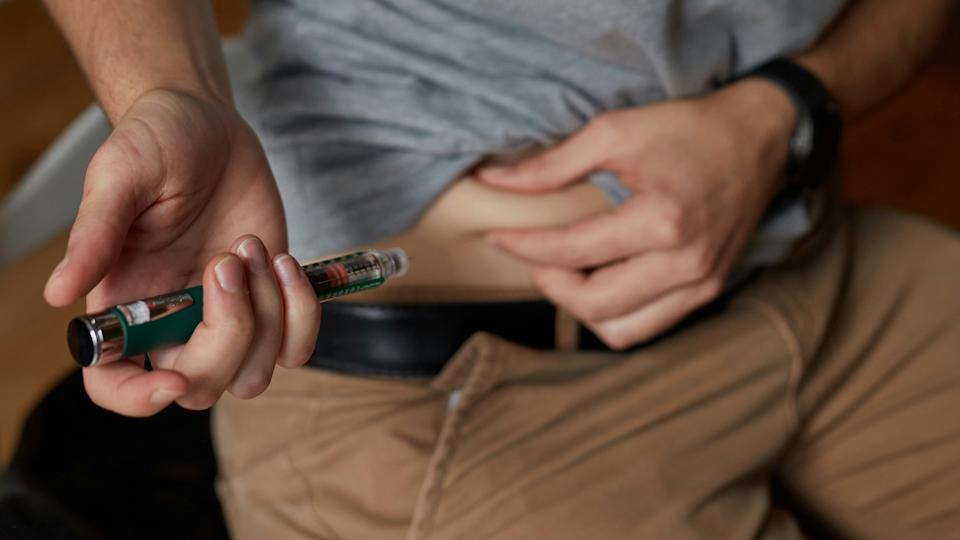FDA and EMA to work more closely on paediatric drug regulation

European and US regulators are to move towards a harmonised review of paediatric medicines on either side of the Atlantic, in order to create a more streamlined process.
A regulatory conference heard last week that the so-called “global development” initiative has sprung from a paediatric working group of regulators from different countries including the US and EU.
The TOPRA/European Medicines Agency regulatory review of the year conference in London heard the new arrangements will apply to the US and EU only, as countries such as Japan and Canada do not have special legislation to encourage development of drugs for children.
The FDA and EMA require all new drugs to have plans for paediatric development included in their file, unless companies can obtain waivers or deferrals.
The plans can be worth big money to pharma as authorities in the US and EU grant an extra six months of patent life for products with paediatric uses.
However there are differences between the two sets of legislation, which has made it tricky to develop paediatric development programmes to satisfy both regulators.
The new move will aim to make the process of developing paediatric plans more streamlined by creating a joint working process including representatives from the EMA and the FDA.
The system will likely work through a series of teleconferences allowing pharma companies, and FDA and EMA representatives to interact.
Regulators will be able to find answers to questions, and pharma companies could be able to make suggestions about drug development.
The initiative follows on from an initiative allowing parallel scientific advice from the FDA and EMA, which sprung from a similar “cluster”. The regulators also allow joint development of biosimilars, which has cut the number of trials required and therefore costs.
Angelica Joos, executive director of global regulatory policy at MSD, told the conference: “The EMA and FDA have agreed to encourage a more global development programme for paediatric drugs. The drive is to do more things in parallel.”
Full details of the initiative are due to be announced later this month.












